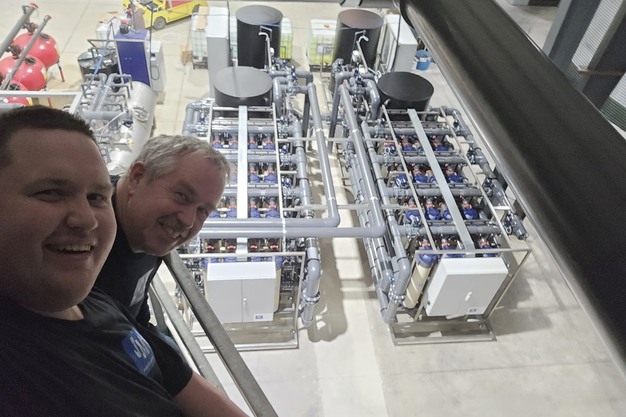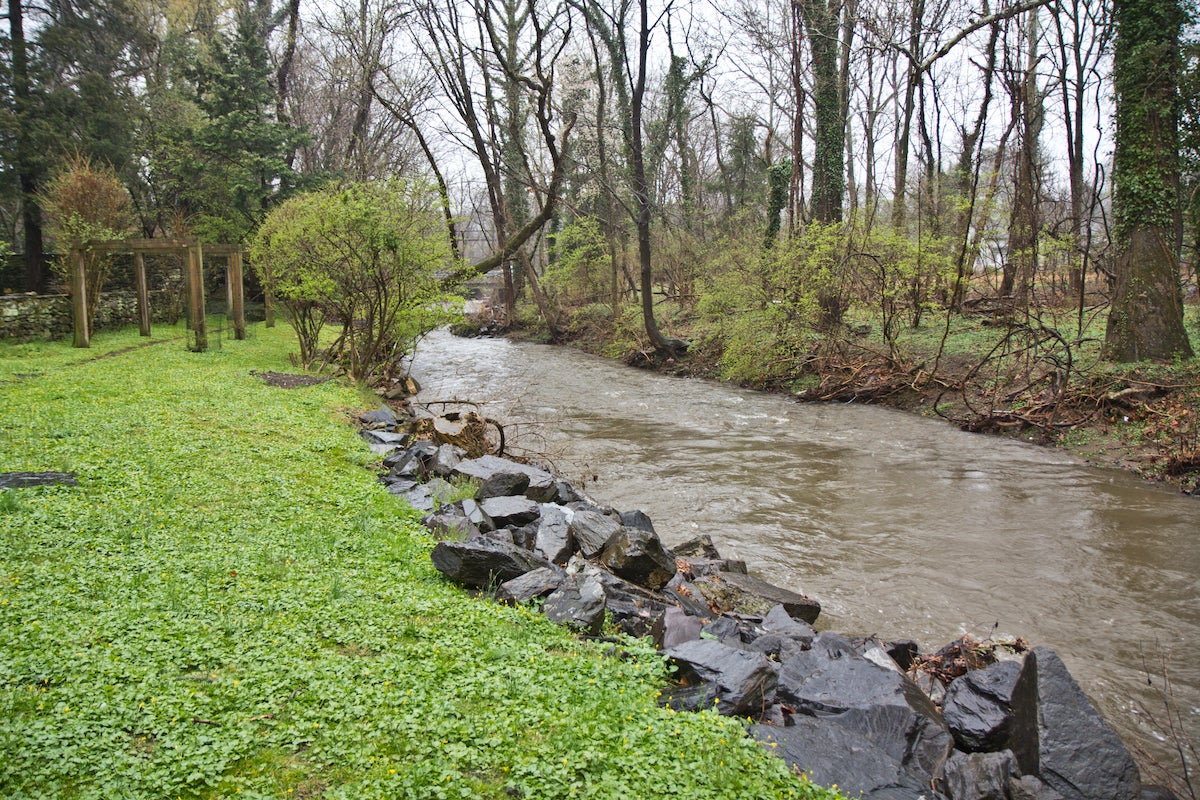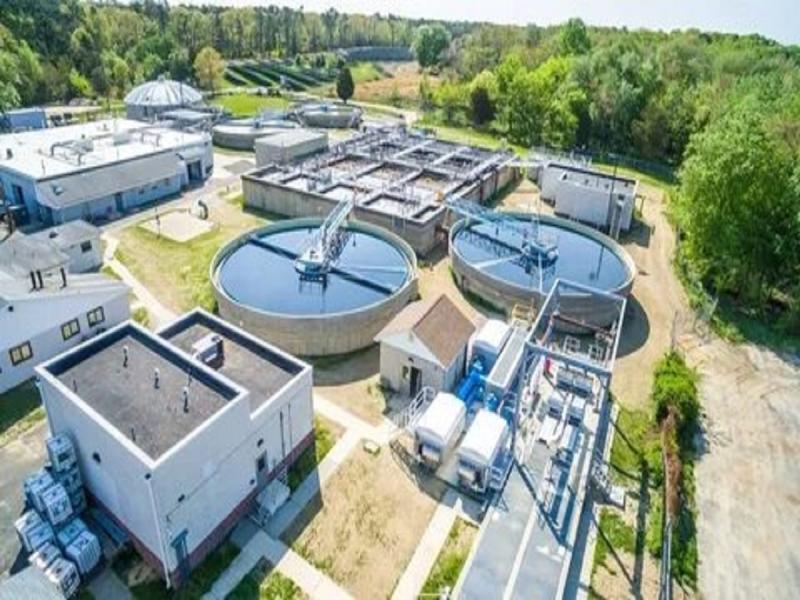Grant: Water smarter – Tyler Morning Telegraph

Report on Sustainable Urban Water Management for Landscaping
Introduction: Aligning Urban Landscaping with Sustainable Development Goals
This report outlines strategic best practices for residential and commercial lawn irrigation to promote resource conservation and ecological health. Inefficient water use in urban landscapes presents a significant challenge to achieving key United Nations Sustainable Development Goals (SDGs). The following guidelines directly address the objectives of SDG 6 (Clean Water and Sanitation) by improving water-use efficiency, SDG 12 (Responsible Consumption and Production) by advocating for sustainable resource management, and SDG 15 (Life on Land) by fostering healthy, resilient ecosystems.
The Challenge of Over-Irrigation and its Environmental Impact
A prevalent issue in landscape management is excessive and frequent irrigation, often facilitated by automated sprinkler systems. This practice has several negative consequences that conflict with sustainability targets:
- Water Depletion: Frequent, light watering wastes a precious resource, directly undermining SDG 6, which calls for ensuring the availability and sustainable management of water.
- Ecosystem Degradation: Overwatering creates conditions conducive to fungal diseases such as brown patch, dollar spot, and gray leaf spot. This damages turf health, increases reliance on chemical fungicides, and negatively impacts local ecosystems, running counter to the principles of SDG 15.
- Reduced Resilience: Lawns subjected to constant, shallow watering develop weak, shallow root systems, making them more vulnerable to heat, drought, and disease.
Strategic Irrigation Practices for Water Conservation (SDG 6)
To align lawn care with SDG 6.4, which aims to substantially increase water-use efficiency, a shift from high-frequency to high-efficiency irrigation is necessary. The following methodology promotes deep but infrequent watering:
- Adopt a Manual, Needs-Based Schedule: Automated irrigation systems should be switched to manual control. Water should only be applied when the turf shows signs of stress, such as a dull or grayish appearance, footprints remaining after being walked on, or folded grass blades. During peak summer months (June-August), irrigation may only be required once per week. In cooler seasons, natural rainfall is often sufficient.
- Ensure Proper Water Volume and Depth: Each watering session should deliver approximately one inch of water, which is sufficient to moisten the soil to a depth of six inches. This can be verified by placing small, flat-bottomed cans on the lawn to measure output. This practice ensures water reaches the root zone, promoting deep root growth and drought resilience.
- Optimize Irrigation Timing: Watering should be conducted in the early morning. This timing minimizes water loss from evaporation and allows foliage to dry during the day, preventing the prolonged periods of moisture that encourage fungal growth and support the health of the terrestrial ecosystem (SDG 15).
Turfgrass Selection and its Role in Sustainable Land Management (SDG 15)
The selection of turfgrass species is a critical component of sustainable landscape design and directly influences water consumption. Aligning plant choice with the local climate supports SDG 15 by creating more resilient and less resource-intensive green spaces. The drought tolerance of common turfgrasses varies significantly:
- High Drought Tolerance: Bermuda grass
- Moderate Drought Tolerance: Zoysia grass, Centipede grass
- Low Drought Tolerance: St. Augustine grass
Choosing drought-tolerant species reduces the overall demand for irrigation, contributing to water conservation efforts under SDG 6 and promoting responsible consumption patterns as outlined in SDG 12.
Conclusion: Fostering Sustainable Communities through Water-Smart Landscaping
By implementing intelligent irrigation strategies, communities can achieve lush, healthy landscapes while making significant contributions to global sustainability objectives. Adopting a “water smarter, not more often” approach conserves water, reduces disease, and saves money. These practices are tangible actions that support SDG 6 (Clean Water and Sanitation), SDG 11 (Sustainable Cities and Communities), SDG 12 (Responsible Consumption and Production), and SDG 15 (Life on Land), demonstrating that responsible landscape management is a key component of building a sustainable future.
Analysis of Sustainable Development Goals (SDGs) in the Article
1. Which SDGs are addressed or connected to the issues highlighted in the article?
- SDG 6: Clean Water and Sanitation
- SDG 11: Sustainable Cities and Communities
- SDG 12: Responsible Consumption and Production
2. What specific targets under those SDGs can be identified based on the article’s content?
SDG 6: Clean Water and Sanitation
-
Target 6.4: By 2030, substantially increase water-use efficiency across all sectors and ensure sustainable withdrawals and supply of freshwater to address water scarcity.
The article directly supports this target by focusing on reducing water waste in residential and commercial landscaping. It states, “Water is a precious commodity in Texas, and with a growing population, it will only become more limited. One of the easiest ways to conserve this valuable resource is by learning to water your lawn properly.” The entire piece is a guide on increasing water-use efficiency by advocating for “watering smarter, not more often.”
SDG 11: Sustainable Cities and Communities
-
Target 11.6: By 2030, reduce the adverse per capita environmental impact of cities, including by paying special attention to… municipal and other waste management.
The article addresses the environmental impact of urban and suburban communities by targeting a common practice: lawn irrigation. By teaching “homeowners, and commercial landscapes as well” how to reduce excessive water use, it contributes to lowering the overall environmental footprint of these populated areas. Wasting water is a form of inefficient resource management, which this target aims to reduce.
SDG 12: Responsible Consumption and Production
-
Target 12.2: By 2030, achieve the sustainable management and efficient use of natural resources.
Water is a critical natural resource. The article promotes its sustainable management and efficient use by providing specific techniques to avoid waste. It criticizes the common practice where “homeowners, and commercial landscapes as well, irrigate far too often,” and offers a solution to “protect our water supply” through more responsible consumption patterns.
-
Target 12.8: By 2030, ensure that people everywhere have the relevant information and awareness for sustainable development and lifestyles.
The article itself is an educational tool aimed at raising awareness and providing actionable information. The author, a horticulturist for the Texas A&M AgriLife Extension Service, is actively educating the public on sustainable practices. The article provides the necessary knowledge for people to “save water, time, and money” by adopting a more sustainable lifestyle regarding lawn care.
3. Are there any indicators mentioned or implied in the article that can be used to measure progress towards the identified targets?
For Target 6.4 and 12.2
-
Indicator: Amount of water applied per irrigation session.
The article provides a specific, measurable goal: “aim for 1 to 1.5 inches per application.” It even suggests a method for measurement: “place baby food, cat food, or tuna cans in different spots to measure the actual amount applied.”
-
Indicator: Frequency of irrigation.
Progress can be measured by tracking the reduction in watering frequency. The article recommends a significant change from common practices like “three times a week” to a specific guideline: “only watering once each week during the hottest summer months” and notes that this amounts to “just twelve irrigations per year.”
-
Indicator: Depth of water penetration in the soil.
A tangible measure of effective watering is mentioned: “water deeply enough to soak the soil to a depth of six inches.” This can be checked by “us[ing] a shovel to dig a small hole and see how far the moisture has penetrated.”
For Target 11.6 and 12.8
-
Indicator: Adoption of manual irrigation control.
The article explicitly advises homeowners to “turn your irrigation system to manual” and “Keep your sprinkler system off and only turn it on when your grass actually shows signs of stress.” The percentage of households switching from automatic to manual systems would be a clear indicator of behavioral change.
-
Indicator: Public awareness of water-stress signals in turfgrass.
The article educates readers on how to identify the need for water, which reduces unnecessary irrigation. An indicator would be the public’s ability to recognize these signs: “when the grass starts to look dull or grayish, when footprints linger after walking, or when the blades begin to fold or roll.”
4. Summary Table of SDGs, Targets, and Indicators
| SDGs | Targets | Indicators |
|---|---|---|
| SDG 6: Clean Water and Sanitation | 6.4: Increase water-use efficiency and ensure sustainable withdrawals of freshwater. |
|
| SDG 11: Sustainable Cities and Communities | 11.6: Reduce the adverse per capita environmental impact of cities. |
|
| SDG 12: Responsible Consumption and Production | 12.2: Achieve the sustainable management and efficient use of natural resources. |
|
| 12.8: Ensure people have relevant information and awareness for sustainable lifestyles. |
|
Source: tylerpaper.com

What is Your Reaction?
 Like
0
Like
0
 Dislike
0
Dislike
0
 Love
0
Love
0
 Funny
0
Funny
0
 Angry
0
Angry
0
 Sad
0
Sad
0
 Wow
0
Wow
0












































































